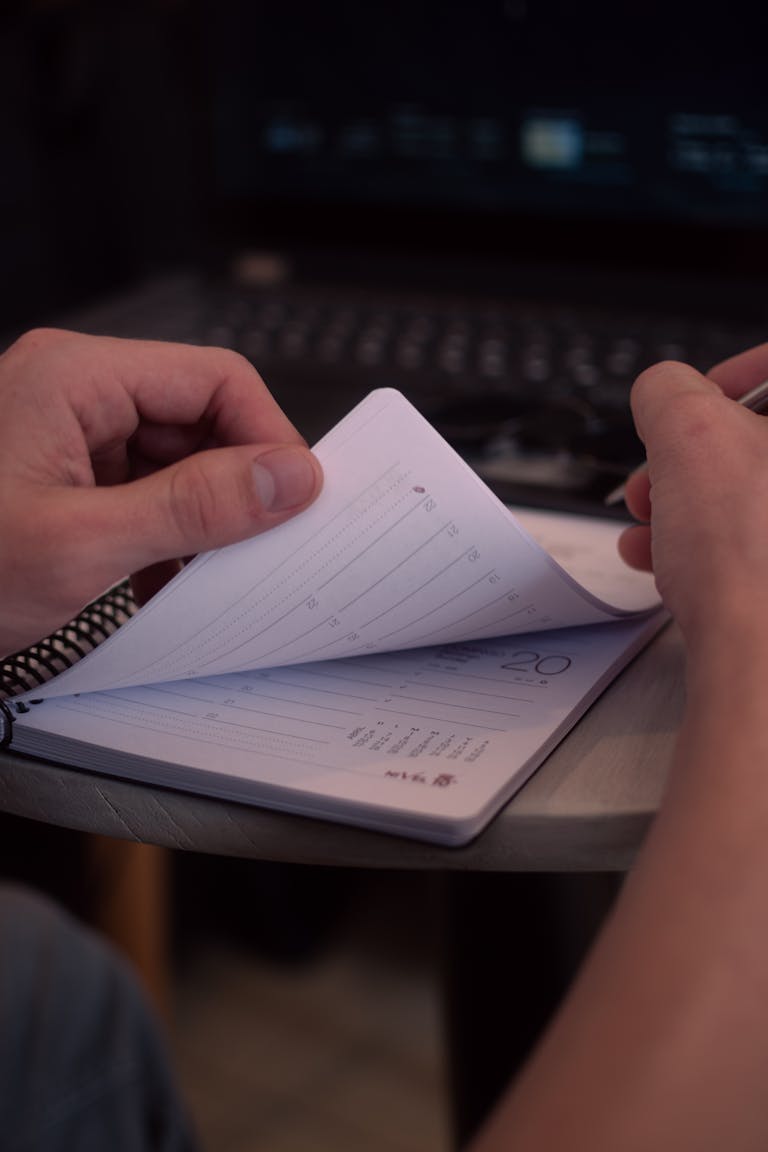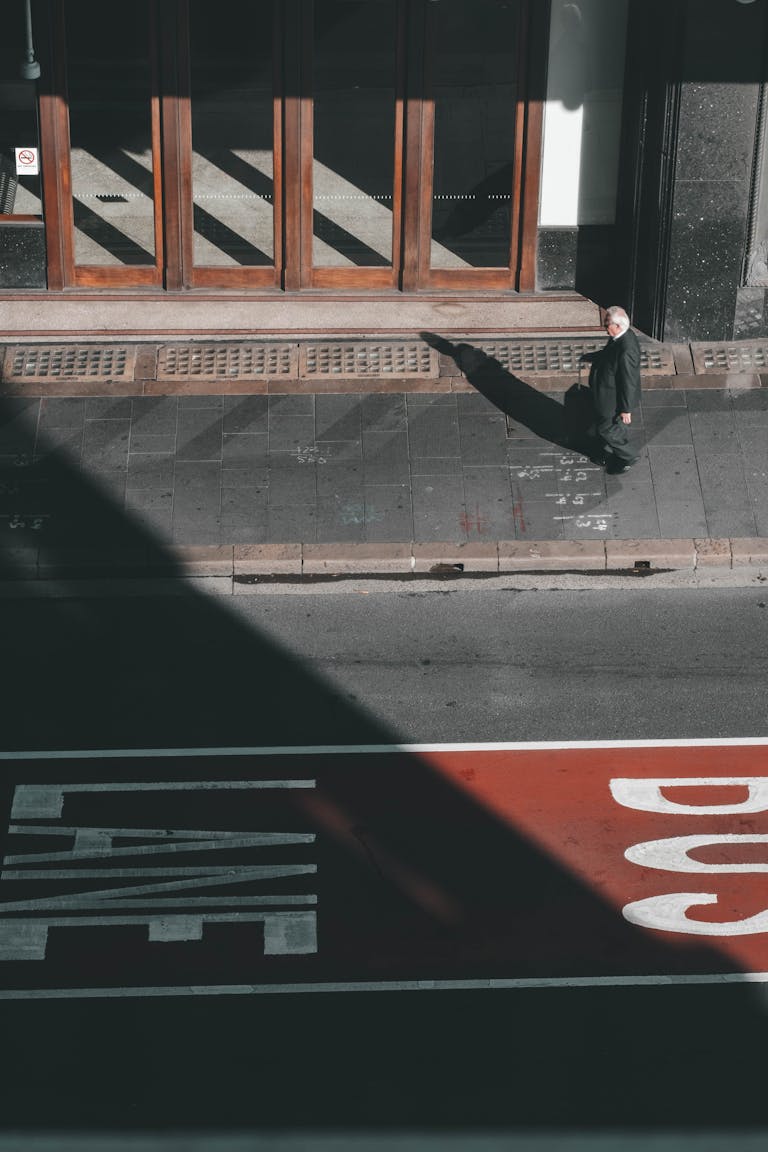Multitasking is a badge of honor in today’s hustle culture. But what if it’s actually slowing you down, draining your brainpower, and sabotaging your success?
Science is clear: multitasking doesn’t work the way we think it does. In fact, the more you try to juggle, the less efficient—and more stressed—you become.
Let’s unpack why ditching multitasking and focusing on one thing at a time is one of the smartest productivity shifts you can make.

The Myth of Multitasking
Multitasking gives the illusion of productivity. But neurologically, your brain isn’t doing multiple things at once. It’s rapidly switching between tasks. Each switch wastes time and mental energy.
Researchers call this “task-switching cost.” It’s the mental lag you experience every time you change focus. Over time, this adds up to:
- More mistakes
- Longer project completion times
- Shallow thinking
- Mental fatigue
In other words, multitasking creates the exact opposite of what you’re trying to achieve.
What Happens When You Focus on One Thing?
1. Higher Quality Work
When you give something your full attention, you notice details. You think deeper. You make better decisions. This leads to higher-quality outcomes—whether it’s writing a report, fixing a problem, or having a conversation.
2. Faster Completion
Focusing on a single task increases your momentum. You’re not wasting time reorienting your brain every few minutes. That means you finish faster—and feel more accomplished.
3. Less Stress, More Peace
Your mind feels calmer when it’s not jumping from tab to tab. Single-tasking reduces cognitive overload and anxiety.
4. Boost in Creativity
Focused thinking allows space for deeper insights. When your mind isn’t fragmented, it’s easier to enter creative flow.
How to Stop Multitasking (Even If You’re Used to It)
1. Prioritize Ruthlessly
Start each day with a short list of 1–3 critical tasks. These should be your most impactful items—not your longest to-do list.
2. Use Time Blocking
Dedicate specific chunks of time for specific tasks. During that time, only work on that one item. No emails. No texts. No jumping around.
3. Eliminate Distractions
Close unnecessary tabs. Put your phone on silent or in another room. Use apps like Freedom or Cold Turkey to block distracting sites during work sessions.
4. Practice the Pomodoro Technique
Work for 25 focused minutes, then take a 5-minute break. After four cycles, take a longer break. It trains your brain to stay on one task without burnout.
5. Say “No” to Multitasking Triggers
If you get a call while writing, don’t check your email mid-conversation. Let people know when you’re in a focused session and respond afterward.
Real-World Example: The Productivity of Deep Work
Think of a novelist writing a book. If they stop every 10 minutes to check Instagram, they’ll lose the rhythm of the story. But if they go offline for two hours, the words will flow—and the book will get done.
This principle applies to everything: business strategy, coding, budgeting, art, or even parenting.
Deep work = meaningful progress.
Q: Isn’t multitasking necessary in some jobs?
A: In high-pressure environments, quick task-switching might feel essential. But even then, setting aside small focus windows for key tasks improves quality and reduces errors.
Q: What if I get bored doing one thing?
A: That’s natural. But boredom often signals the brain transitioning into deep focus. Stay with it a bit longer—you’ll notice clarity emerging.
Try this today: Pick one important task, set a timer for 30 minutes, and give it your undivided attention. You’ll be amazed at how much you can accomplish when you stop multitasking.

I’m EKBAL HOSSAIN MONDAL, the creator of SmartSolveTips.com — a blog dedicated to helping people improve productivity, avoid digital burnout, and live better online. With years of hands-on experience in self-development and digital wellness, I write practical tips and tools to help you stay focused and thrive in a fast-paced digital world.






